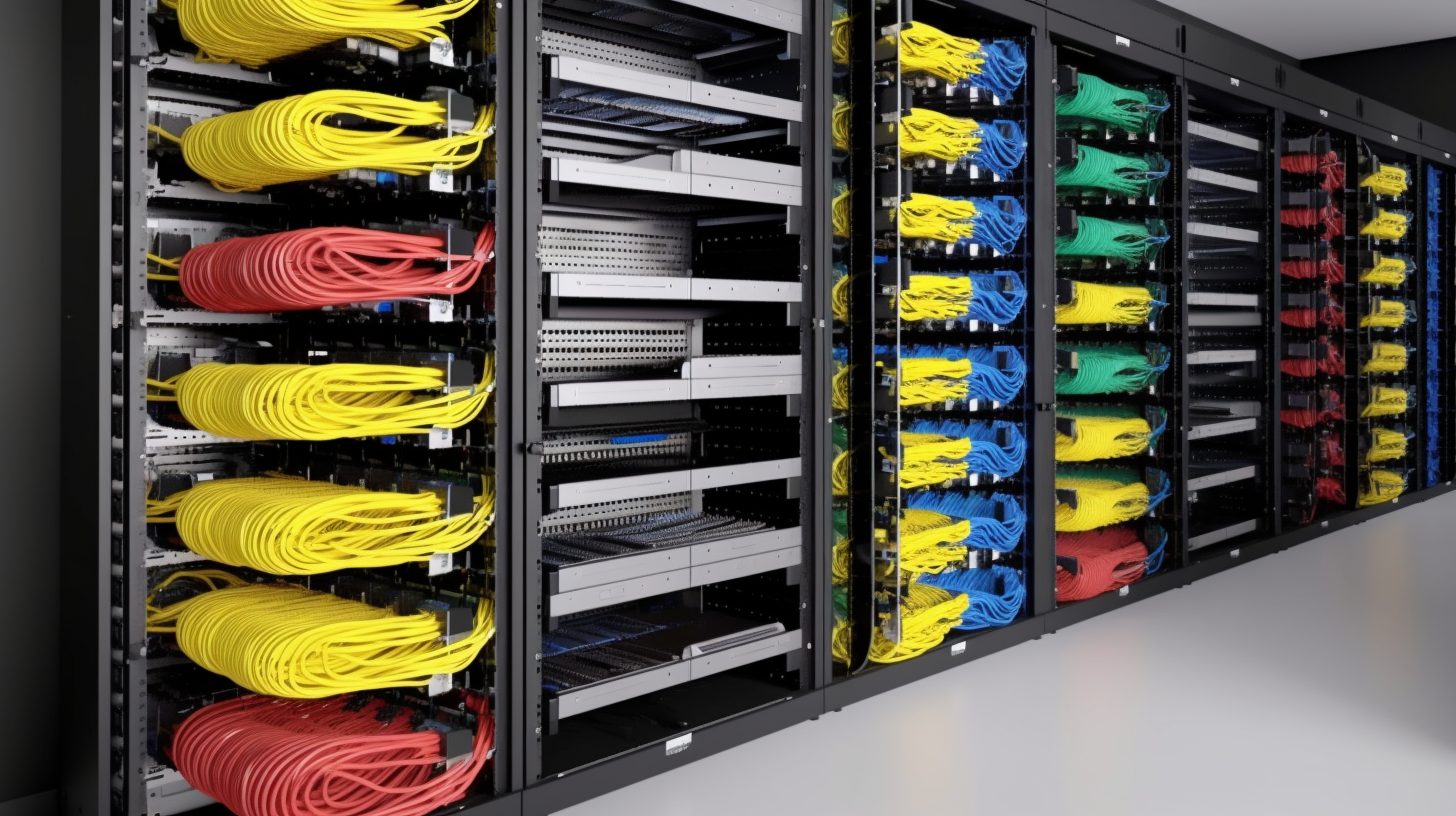Summarizing the Types of Cables and Connectors in Network Infrastructure: Decoding the CompTIA Network+ (N10-008) Exam Guide

You must comprehend the nitty-gritty of networking equipment in the bustling world of information technology. Let's dive right in and explore the world of cables and connectors on that note. We'll break down different cable types and connectors in this article, and pinpoint the best solutions for specific situations. Whether you're studying for the CompTIA Network+ (N10-008) exam or simply eager to expand your knowledge, this comprehensive guide will serve as your compass through the labyrinth of network infrastructure.
Twisted Pair Cables
First off, let's talk about twisted pair cables. You might already have familiarity with these fellas. You'll find them in two varieties: shielded (STP) and unshielded (UTP). Twisted pair cables are often used for their high data transfer rates. UTP cables are the most popular with Ethernet networks due to their affordable cost and ease of installation. On the other hand, STP cables are specifically designed to prevent electromagnetic interference. So, choose STP as your go-to cable when dealing with a network operating in an environment fraught with electrical devices.
Coaxial Cables
Let's remember our old friend, the coaxial cable, now. Coaxial cables served as the bread and butter of the television and telecommunication industries long before Ethernet came into the picture. Their insulation and shielding make these cables excellent for transmitting large amounts of data over long distances. However, installing and managing them can be a bit of a pain due to their bulky nature. In essence, they're like that one bulky suitcase you bring on a trip just because it holds a lot!
Fiber Optic Cables
Next in line are fiber optic cables, which are the thoroughbreds of data transmission. These classy cables transmit data as pulses of light, making them super speedy and resistant to electromagnetic interference. They're particularly suited for situations where data needs to be transported over long distances, such as between buildings or across cities. However, they're pricier than their twisted pair counterparts, and require specialized equipment to install. But remember, as the saying goes, the quality you get matches the price you pay.
The Scoop on Connectors
Having a great cable won't help much if you can't connect it properly, right? That's when our indispensable connectors come into play. There are oodles of connectors out there, each designed for specific types of cables and transmission tasks. RJ-45 connectors, for instance, are commonly used with Ethernet cables, while BNC connectors are often seen with coaxial cables. For fiber optic cables, you might encounter SC, LC, or ST connectors, just to name a few.
Statistics: Market Demand and Usage of Cable Types
Moving on to some stats, it's no secret that the market and demand for different cable types are in a constant tango. A report by Grand View Research pegs the global structured cabling market value at 7.72 billion USD in 2019, with an expected compound annual growth rate (CAGR) of 4.9% from 2020 to 2027. Particularly Cat 5e and Cat 6 Ethernet cables continue their market domination, making up around 51.3% of the total revenue in 2019. That's more than half, folks! Nevertheless, fiber optic cables are not to be underestimated. These light-speed powerhouses represented a decent chunk of the market—about 16.4%—in the same period.
To wrap things up, understanding the various types of cables and connectors, as well as their appropriate uses, is a crucial part of network infrastructure knowledge. Whether you're navigating the CompTIA Network+ (N10-008) exam or managing a network in the real world, some serious know-how about cables and connectors can make your ride a whole lot smoother. So, here's wishing you smooth sailing in your networking adventures!